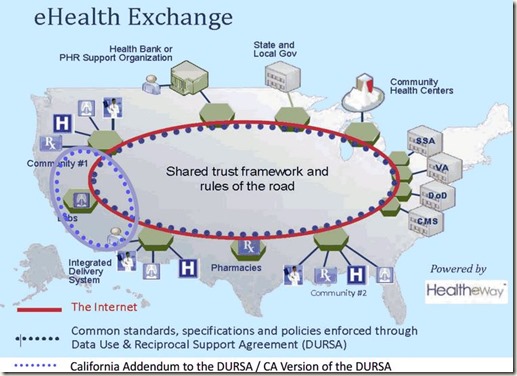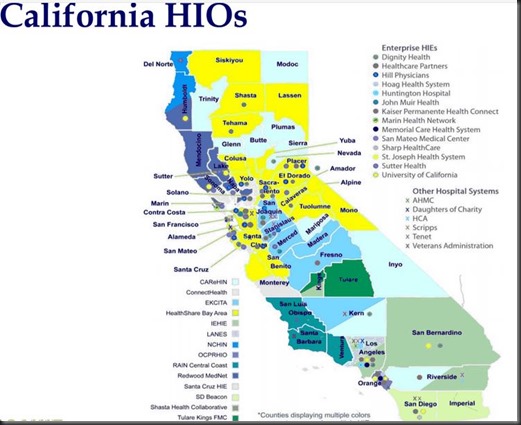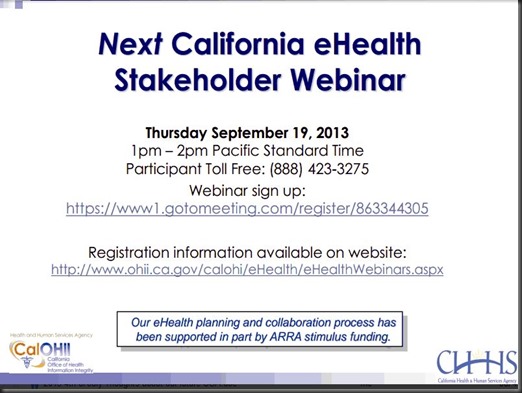Some say that Concierge medicine and Direct Pay are two different forms of payment. Not so.
This should not be complicated.
Medical Access USA is an old and well established method for patients to access quality health care and were discussing how to build a system.
Accountability is a trust relationship and is a one-on-one transaction. Our goal at Medical Access is to restore the relationship between patient and provider to ensure that connection. Our mechanism is a fee-for-service model. Despite recent moves to discourage and eliminate this mechanism for many reasons unrelated to practicing quality health care, it should not disappear. It provides a simplicity without complex indecipherable regulations. It also reduces the overhead of billing (64% for an individual primary care physician )according to some sources)
How do we go about changing health reimbursement in a meaningful way for many patients. Notice I did not say all patients. That would be as foolhardy as what the Democrats and President Obama accomplished with the Affordable Care Act.
The prime directive for our plan is patient welfare and the ability to access primary care easily and affordably. It does not take a rocket scientist to analyze what needs to be done. The Affordable Care Act favors a medical home. This used to be called a family or general medical practice. The name changed but the core premise remains the same. Another term would be ‘holistic medical practice’. Patients do well and favor having a physician who can manage most of their issues. Many health related problems have an underlying psycho-social component and requires a transference between patient and physician. This is reinforced by visiting with the same physician.
The basic care unit is one doctor and one patient. Patient pays doctor for services, a one-on-one contract with no intermediary.
Dave deBronkart (e-Patient Dave) well known patient advocate, frequent keynote speaker for advocacy groups, and TEDMED.
Much of medicine has been misdirected, fixing ‘train wrecks’ rather than taking care of early disease.





